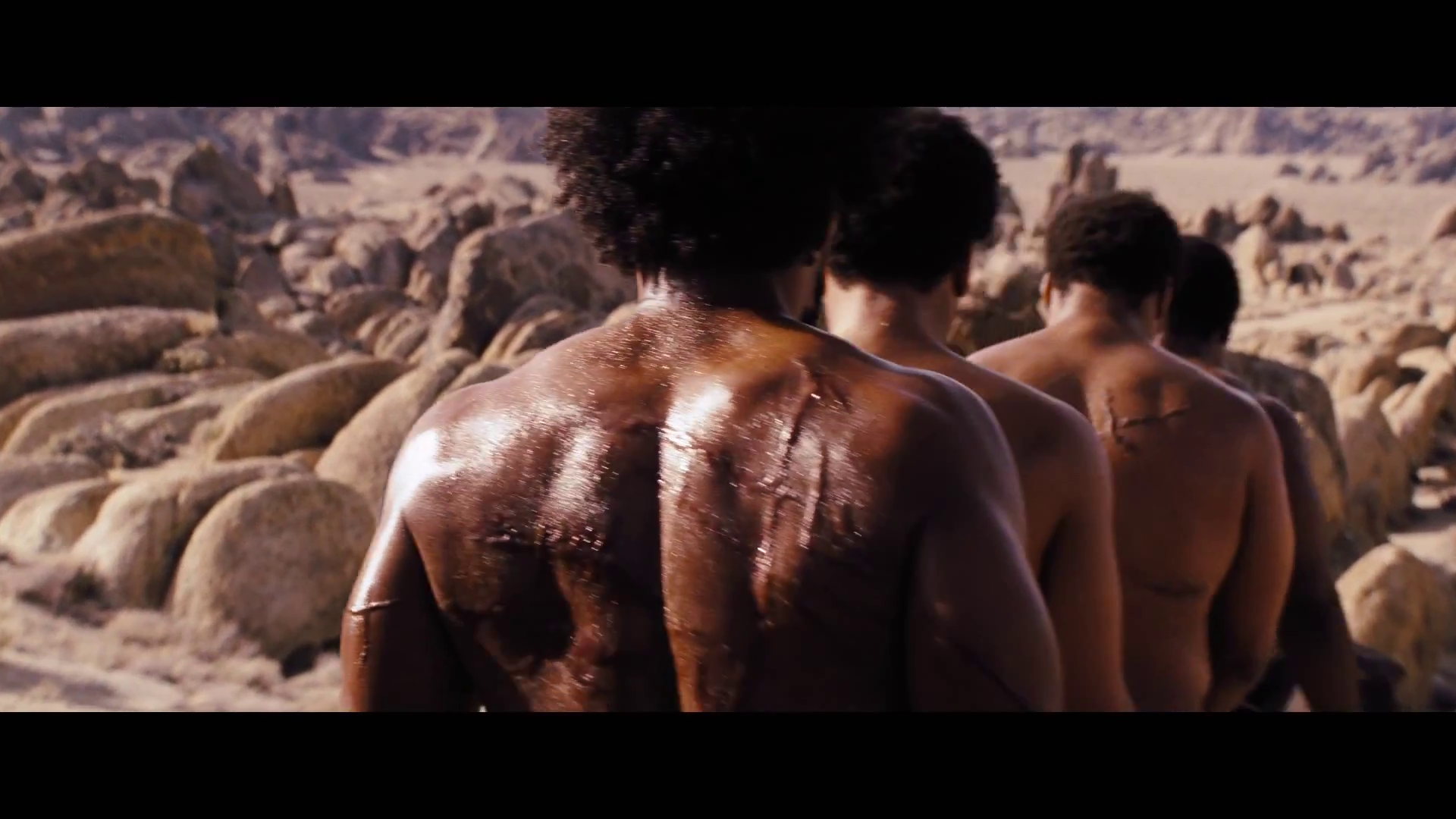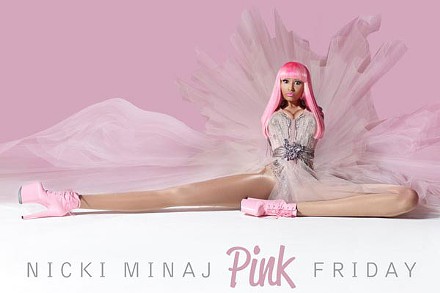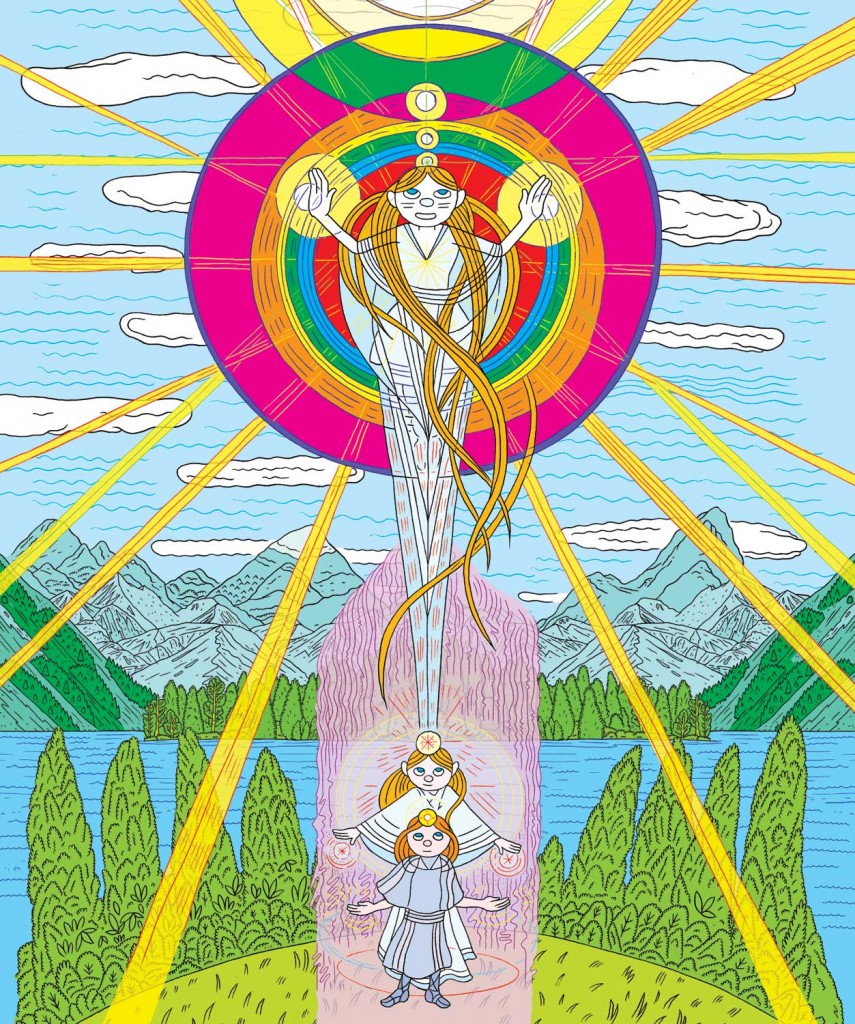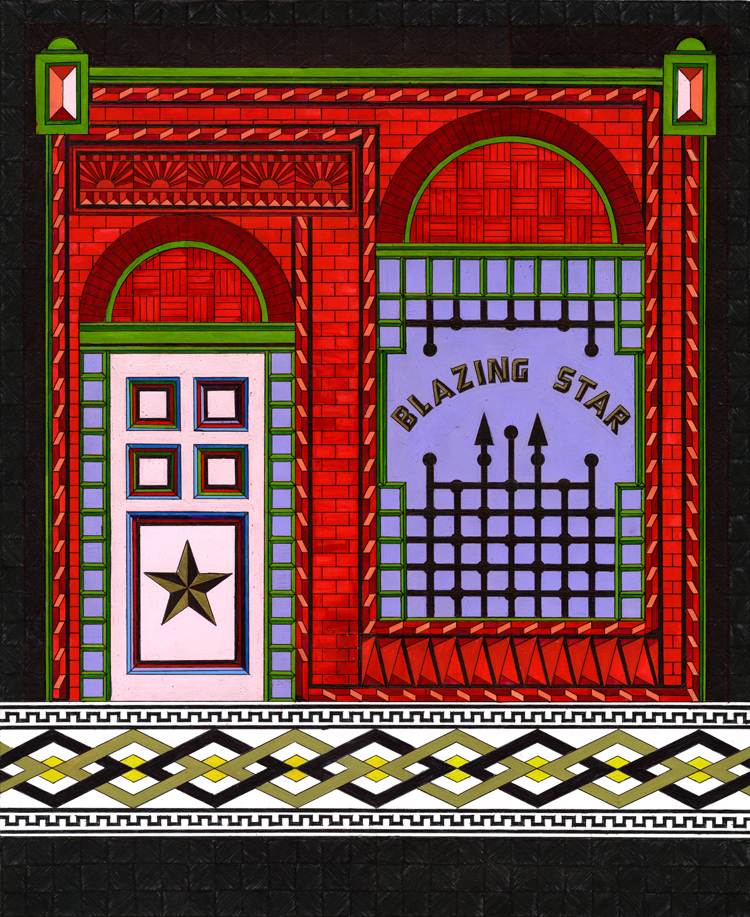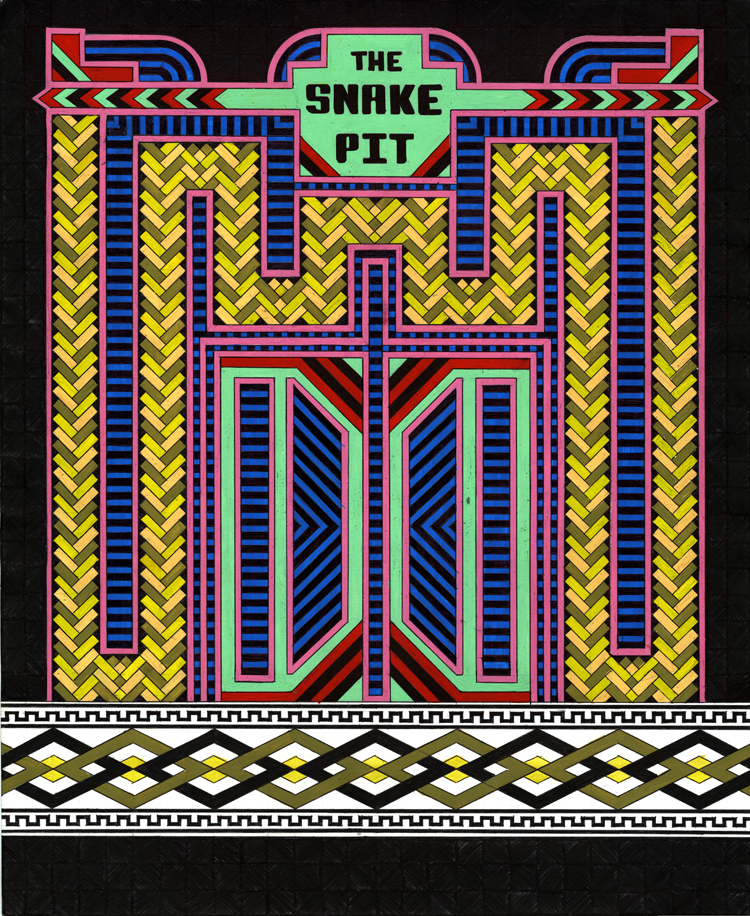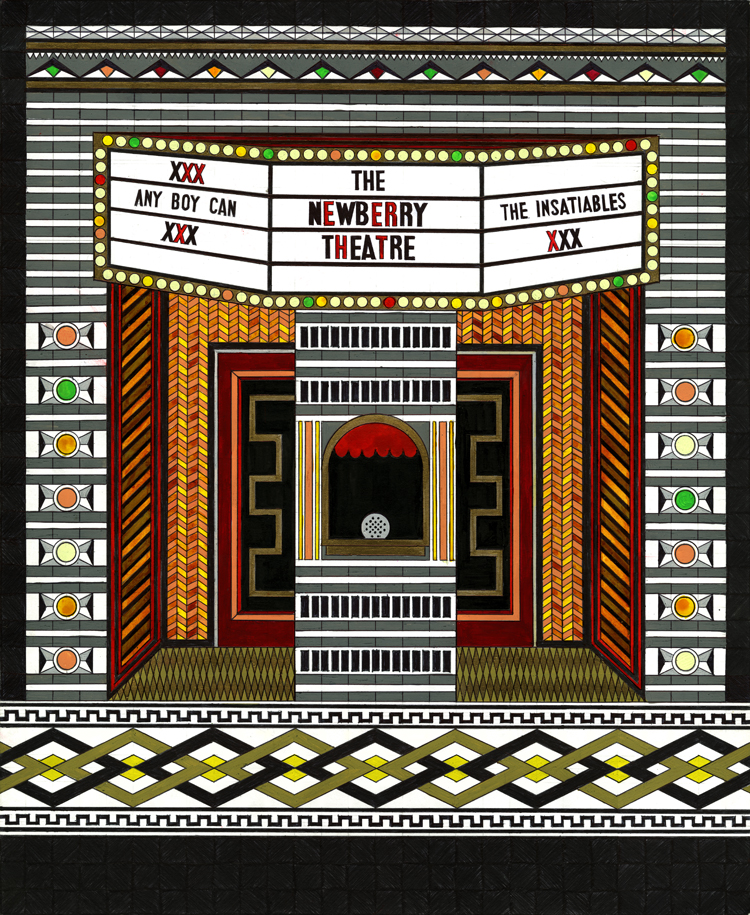I finally saw Django Unchained, which I think is probably one of Tarantino’s weaker efforts — down there with the Kill Bill films. It’s certainly well made, and there are lots of interesting moments and ideas, but its handling of the Western genre strikes me as much less knowing, and much less thematized, than the handling of Holocaust films/war films in Inglourious Basterds. As Alyssa says, the handling of gender is pretty rote (certainly less intelligent than in Jackie Brown). And as I think I’ve seen a bunch of people say, the portrayal of Django as exceptional is really problematic, insofar as it flirts with endorsing the phrenological racist narrative that Calvin Candie (DiCaprio) propounds, in which most of the slaves are slaves because they’re not sufficiently bad ass to overthrow their masters. As subdee has mentioned in comments, the film does very much show the constant, horrific violence that propped up the slave system, so it’s possible to critique the idea of black submissiveness from within the film…but still. A little more focus on the pervasiveness of black resistance could have gone at least a little way to balance the Uncle Tom caricature of Stephen, no matter how ably played by Samuel Jackson. As it is, the film’s focus on hyperbolic violence makes it seem like only one man in ten thousand could fight back effectively — when the truth is, I think, that slavery was kept in place by violence of all levels, and so there was resistance at all levels. The film can’t really imagine, for instance, Frederick Douglass physical struggle with his overseer, in which no one died and no one was freed, but white people weren’t quite able to work their will either.
Still, despite its failings, as I said, there were definitely things about the film I liked. One was the shift in the relationship between the German Dr. Schulz (Christoph Waltz) and Django over the course of the film. In the first part of the movie, where Schulz frees Django from slavery and then trains him as a bounty hunter, Shculz is clearly the senior partner — the one who knows the ropes, and the one who better understands, and is more comfortable with, the violence of bounty hunting. Towards the end of the film, though, when the scene shifts to the Southern plantation where Django’s wife is held, it’s Django who leads the way — and Django who understands the reality of life. When Candie has a slave torn apart by dogs, for example, Schulz is horrified and almost blows their cover — but Dango has seen it before, and keeps his cool. As he tells Candie, Schulz “isn’t used to Americans.” Schulz may be white, but he doesn’t understand white violence the way Django does.
The sequence made me remember James Baldwin’s discussion of Lady Sings The blues in his great essay, The Devil Finds Work. The film is loosely based on Billie Holiday’s autobiography. In one scene, supposedly the inspiration for the song Strange Fruit, Holiday (as Baldwin describes it) is on tour in the south when she sees black mourners and a black body hanging from a tree. The Ku Klux Klan appears, and Holiday starts to shriek at them, endangering herself as her white band members attempt to hide her. The band and Billie then escape, but the trauma caused Holiday to take her first shot of heroin.
Baldwin then comments:
The incident is not in the book: for the very good reason, certainly that black people in this country are schooled in adversity long before white people are. Blacks perceive danger far more swiftly, and however odd this may sound, then attempt to protect their white comrade from his white brothes: they know their white comrade’s brothers far better than the comrade does. One fo the necessities of being black, and knowing it, is to accept the hard discipline of learning to avoid useless anger, and needless loss of life: every mother and his mother’s mother’s brother is needed.
Again, where Lady Sings the Blues fails, Django Unchained succeeds. Django’s experiences as a black man mean that he understands white violence in a way that even the bounty hunter does not.
I especially like the almost certainly intentional irony that it is the German who is horrified by Southern racism and Southern atrocities. (Waltz, of course, played a ruthless Nazi in Tarantino’s last film.) It would be possible, I suppose to see this as hypocritical…but Schulz is a sufficiently sympathetic character that I don’t think it quite reads that way. Or if it does, it points, perhaps, to the way that it’s always easier to see the mote in someone else’s eye — always easier to be shocked by someone else’s atrocities than by your own. And, though I doubt this is intentional, it can perhaps also be seen as suggesting a link between America’s treatment of its minorities and Germany’s treatment of its Jews. Hitler’s concentration camps and extermination policies were inspired in part by America’s treatment of the Indians — giving historical weight to Tarantino’s vision of decadent Americans teaching atrocity to innocent Europeans, like some sort of inverse, bloody Henry James novel.
That’s why, for all its flaws, I still like Django Unchained. America just doesn’t make that many films in which America is defined by slavery, and in which being American is defined by slavery. What Django knows about the US isn’t the only thing that is, or can be known about this country — but still, it’s worth keeping it in mind.
_____________
Our entire Django Unchained roundtable is here.

